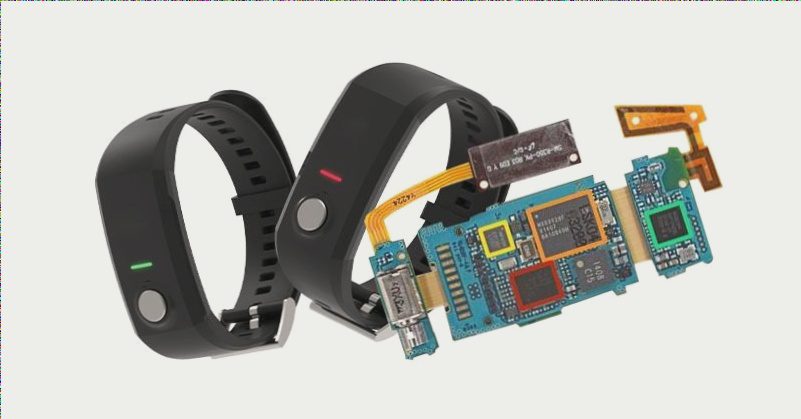Improving Thermal Performance in PCB Design
Thermal simulation plays a crucial role in helping design engineers anticipate how well their PCB designs will manage heat. By analyzing factors like the number and thickness of heatsinks, as well as the thermal resistance of interface materials, engineers can optimize thermal performance without the need for physical prototypes. This approach is particularly vital for the development of advanced 3D ICs with ultra-thin dies, as it helps control heat distribution and prevent localized hotspots.
Advancements in Thermal Modeling
Researchers at the Belgian IMEC have validated advanced thermal modeling techniques for next-gen 3D hybrid stacked ICs. This breakthrough paves the way for more efficient thermal management strategies in future electronic devices. For instance, IBM is exploring the use of microchannel water-cooling technology in upcoming 3D IC processors. Compared to traditional air cooling methods, this innovative approach promises lower energy consumption and enhanced performance.
Liquid Cooling Innovations
Companies like PNY Technologies are leveraging liquid cooling technology in products like the XLR8 GTX 580 GeForce graphics card. Teaming up with Asetek, this solution delivers significant improvements in cooling efficiency, noise reduction, and overall performance. Similarly, water cooling systems are being adopted in power devices such as thyristors, MOSFETs, and SCRs. The XW180GC34A/B from Westcode Semiconductors, equipped with a nickel-plated heat sink and a large contact pad, offers efficient cooling for high-power rectifiers and industrial applications. By embracing water cooling technology, industries can achieve higher power density in compact systems.

